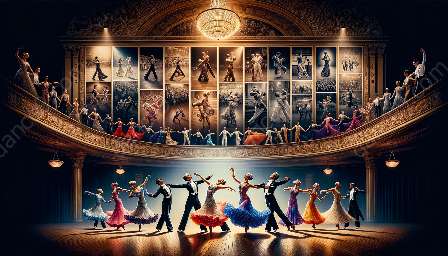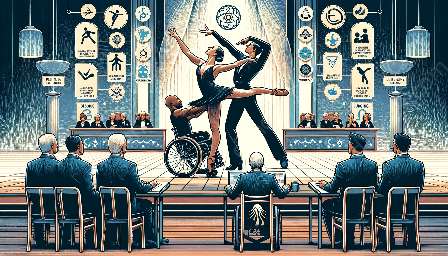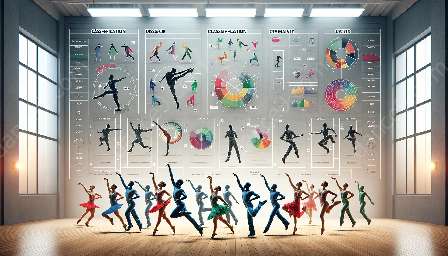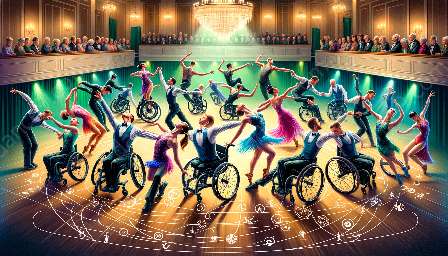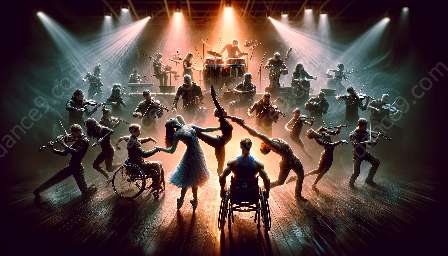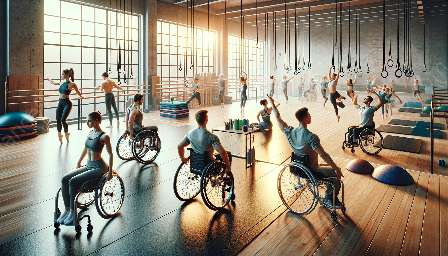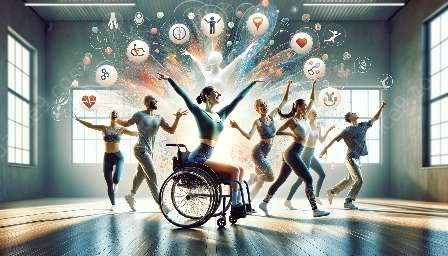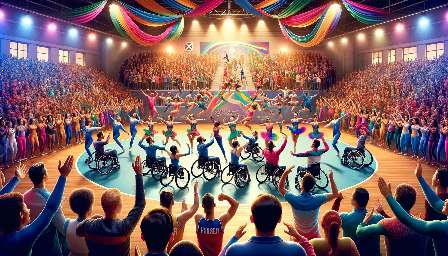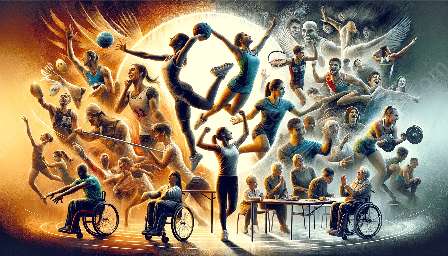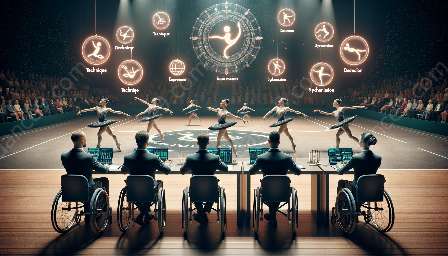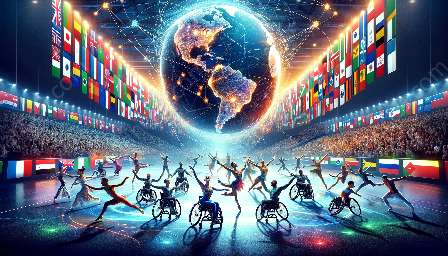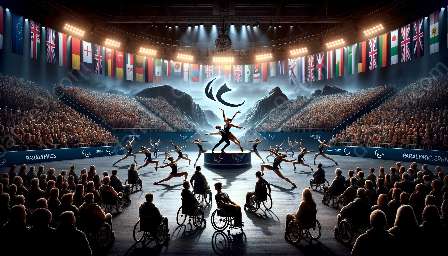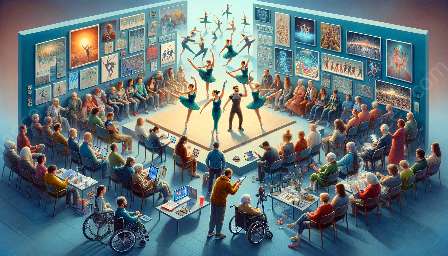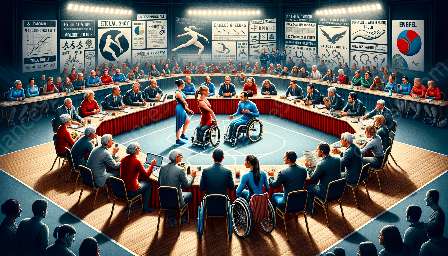Para dance sport is a highly demanding discipline that requires a unique approach to training and conditioning for athletes with physical impairments. Through the incorporation of cutting-edge technology, individuals can elevate their training regimes to reach peak performance levels and compete at the World Para Dance Sport Championships.
Understanding the Challenges
Before delving into the ways technology can enhance training and conditioning for para dance sport, it’s important to grasp the distinct challenges that athletes face in this sport. Individuals with physical impairments require specialized training approaches that cater to their specific needs, and this is where technology can play a pivotal role.
Virtual Reality for Skill Development
One of the most groundbreaking ways technology can enhance training for para dance sport is through the use of virtual reality (VR) simulations. VR allows athletes to practice and refine their dance routines in a virtual environment, providing a safe and adaptable setting for mastering complex moves.
Biomechanical Analysis
Another advancement in technology that bolsters training and conditioning for para dance sport is the ability to conduct precise biomechanical analysis. By utilizing motion capture systems and wearable sensors, coaches and athletes can gain invaluable insights into movement patterns, allowing for targeted improvements in technique and efficiency.
Smart Wearables for Monitoring
Smart wearables, such as fitness trackers and biometric sensors, offer a means to monitor key physiological metrics during training sessions. These devices enable athletes and their trainers to track heart rate, exertion levels, and other vital parameters, thereby customizing training programs and ensuring optimal conditioning.
Adaptive Training Equipment
Technology has also paved the way for the development of adaptive training equipment tailored specifically for para dance sport. From specialized dance wheelchairs to adjustable support systems, these innovations aim to provide athletes with the tools necessary to train with comfort and maximize their potential.
Data-Driven Personalized Training Programs
With the aid of technology, coaches can craft data-driven personalized training programs for para dance sport athletes. Through the collection and analysis of performance data, training regimens can be fine-tuned to address individual strengths and weaknesses, fostering holistic growth and skill refinement.
Virtual Coaching and Interactive Feedback
Remote coaching and interactive feedback platforms facilitated by technology offer para dance sport athletes the opportunity to receive expert guidance from leading coaches regardless of geographical barriers. This enables athletes to access mentorship and support, ultimately enhancing their training and conditioning with valuable insights from seasoned professionals.
The Impact on World Para Dance Sport Championships
The integration of technology in training and conditioning for para dance sport has the potential to profoundly impact the World Para Dance Sport Championships. As athletes harness these technological advancements, their performance levels are likely to elevate, leading to a higher standard of competition and greater representation of the sport on the world stage.
Conclusion
In conclusion, the utilization of technology in training and conditioning for para dance sport represents a revolutionary leap in empowering athletes with physical impairments to achieve peak performance and compete at the pinnacle of the sport. From virtual reality simulations to data-driven training programs, the marriage of technology and para dance sport is poised to redefine the landscape of athletic training and conditioning.

